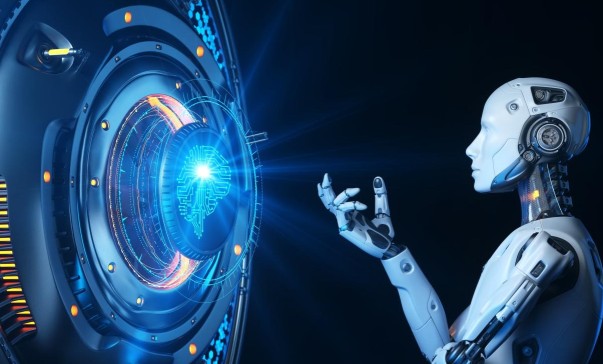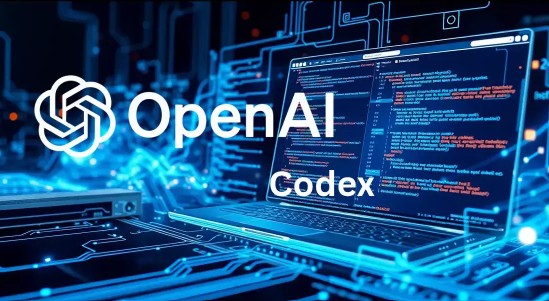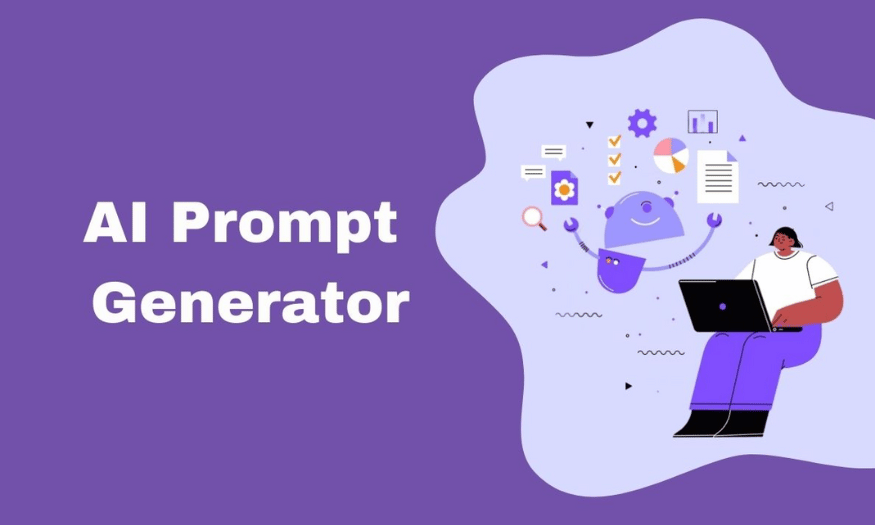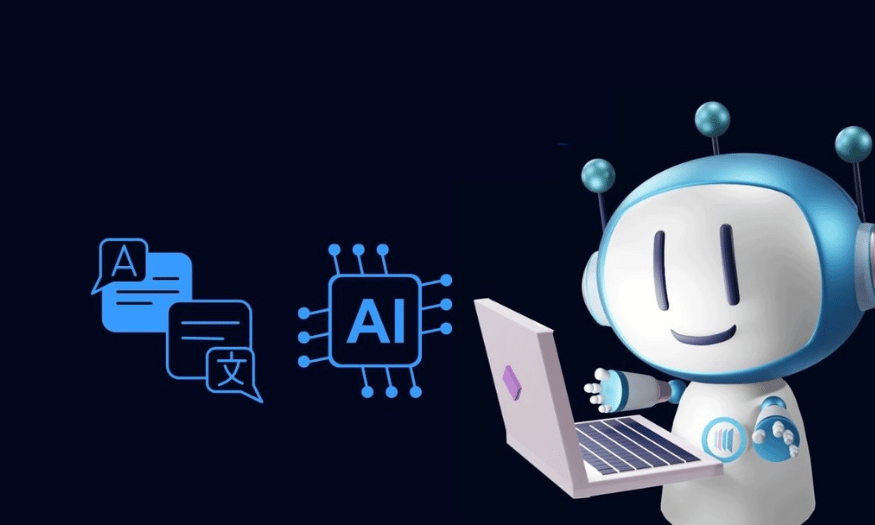Best Selling Products
OpenAI Sora vs Google Veo 3 – Who's the Leader?
Nội dung
Google with Veo 3 and OpenAI with Sora. Each has the most advanced technology available today, but they approach the video creation process from different perspectives.
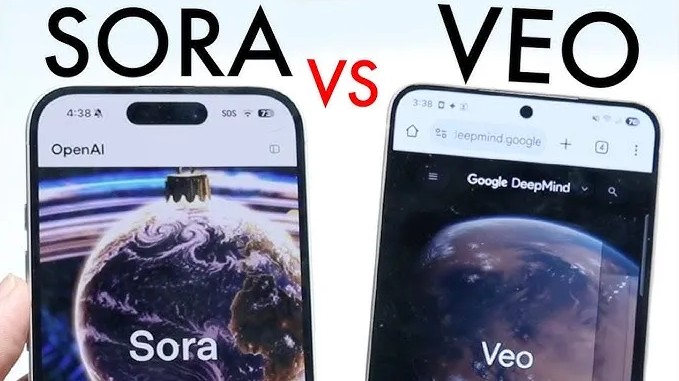
AI-generated video is no longer a science fiction concept. It has officially entered the mainstream and has become a central part of the digital content revolution. From education and cinematic storytelling to viral advertising and digital entertainment, AI-powered video creation tools are reshaping the way we tell and enjoy stories.
At the heart of this new wave of innovation are two tech giants: Google with Veo 3 and OpenAI with Sora . Each possesses the most advanced technology available today, but approaches the video creation process from different perspectives. If Veo 3 represents scientific precision, physical realism, and technical control, Sora stands out for its cinematic depth, seamless storytelling, and artistic emotion. In this article, let's explore with SaDesign the details of the architecture, features, strengths - weaknesses, and impact of these two platforms on the video industry in 2025, a year that promises to be a milestone of a strong transformation in AI video.
1. Overview of Google Veo 3 and OpenAI Sora
1.1. Google Veo 3 – Practical and Technical AI Video Model
Unveiled at the Google I/O conference, Veo 3 is DeepMind's most advanced video creation tool yet. Google's goal is to create a platform that can recreate realistic images that follow the laws of physics in the real world.
Highlights:
Resolution: Up to 1080p, future 4K support.
Video duration: About 30 seconds, can be extended later.
Input: Text and images.
Style: Leaning towards realism, physical accuracy.
Scene Control: Allows users to customize camera movement, composition, and camera angles.
Built-in audio: Supports synchronization of voiceover, background music, ambient sound.
Ecosystem Integration: Links with YouTube, Google Cloud and Imagen.
.png)
Veo 3 uses Transformer architecture combined with diffusion techniques, which helps the system understand spatial dynamics, physical laws and complex motion. This makes it a powerful choice for projects that require high precision.
Ideal application:
Scientific simulation, education and data visualization.
Pre-production support in film, product advertising.
Authentic, professional social media and promotional content.
However, along with the technological power comes a hefty price tag: $249.99/month (~6.5 million VND), which makes it difficult for ordinary users to access. In addition, the video creation process is sometimes slow due to complex audio processing and motion effects.
1.2. OpenAI Sora – Video Storytelling for the AI Age
Launching in early 2024, Sora is OpenAI’s latest claim to fame in the multimodal space. Building on the same large language model (LLM) platform as ChatGPT, Sora is designed to generate deep, fluid, and emotionally rich video.
Highlights:
Resolution: Up to 1080p.
Video length: Over 60 seconds – longer than competitors.
Input: Text, image.
Style: Cinematic storytelling, artistic creation.
Shot Continuity: Keep characters, scenery, and movement intact.
Sound: Sound generation is not yet integrated, users need to add sound from another source.
Ecosystem: Linked with ChatGPT and Microsoft ecosystem.
.png)
Unlike Veo, Sora doesn't emphasize absolute physical accuracy. Instead, it focuses on narrative consistency, seamless emotional flow, and the ability to build long videos logically, much like a short film.
Featured Applications:
Production of short films, creative promotional videos, explanatory content.
Immersive storytelling for VR/AR environments.
Social media content is artistic and emotional.
Sora also stands out for its accessibility: it is built into ChatGPT (for Plus/Pro users), easy to use, and does not require deep technical knowledge. However, the downside is that there is no built-in audio, which limits the experience in some video genres.
2. Comparing Google Veo 3 and OpenAI Sora
First of all, in terms of video quality , both platforms support video output at resolutions up to 1080p, but Google Veo 3 plans to expand to 4K in the future, providing sharper images for those who need higher resolutions. Meanwhile, OpenAI Sora is also capable of producing 1080p videos and above, suitable for diverse content needs on social networking and digital media platforms.
In terms of maximum video length, Google Veo 3 currently limits it to around 30 seconds, which is suitable for short, quick videos, like short commercials or bite-sized educational videos. In contrast, OpenAI Sora stands out for its ability to create videos longer than 60 seconds, which is good for long-form storytelling, explainer videos, or short films with complex scripts.
Scene control is also a key difference between the two platforms. Google Veo 3 offers a very high level of control, including physics and camera angles, to create realistic, scientifically and geometrically accurate scenes. In contrast, OpenAI Sora offers a more moderate level of control, focusing on the consistency of characters and scenes in long video sequences, serving artistic and cinematic goals rather than physical accuracy.
.png)
In terms of visual style , Google Veo 3 prioritizes realistic and scientific images, which is very suitable for educational content, research and videos that require high authenticity. Meanwhile, OpenAI Sora aims for artistic and cinematic style, suitable for content creators, storytellers and short film makers with emotional depth. These two platforms are also different in terms of connection ecosystem. Google Veo 3 is tightly integrated in the Google ecosystem, especially with Google cloud services and YouTube, which is optimized for content creators on these major platforms. Meanwhile, OpenAI Sora operates in the Microsoft ecosystem, connected to ChatGPT, making it easy for users to access and control through a familiar chat interface.
In terms of use cases , Google Veo 3 is best suited for educational videos, research, and visual presentations that require high accuracy. On the other hand, OpenAI Sora is highly regarded for storytelling and entertainment content creation thanks to its ability to create long, emotional, and artistic video sequences.
Finally, on accessibility , Google Veo 3 is still in limited access phase and is mainly for testing partners, while OpenAI Sora is already accessible via ChatGPT and is tightly controlled to ensure safety and convenience for users.
.png)
3. Strengths and weaknesses between the two software
Google Veo 3
OpenAI Sora
Advantage
Realism & Accuracy: Best reproduction of real physics and environments.
Audio Integration: Create a top-notch immersive experience.
Scientifically accurate: Suitable for simulation, training or data visualization.
Advanced scene control: Easily set up complex scenes.
Storytelling Tools: Great for creators looking to create long-form, seamless content.
Easy to use: Simple interface, suitable for beginners.
Editing features: Tools like Recut, Remix, Storyboard help with quick tweaking.
Longer duration: Supports videos longer than 1 minute - good for storytelling rhythm.
Limit
High cost: Limits general users.
Slow processing: Detailed output takes a long time.
Not widely available: Access is still limited.
No sound: Limited to some video genres.
Lower image detail: May not be as realistic as Veo 3.
The rapid growth of AI video creation platforms like Google Veo 3 and OpenAI Sora also raises many ethical issues and challenges for the creative industry.
.png)
First, both technologies have the potential to be misused to create highly realistic fake videos, known as deepfakes, which increase the risk of fake news and misinformation in society. Although Google has equipped content moderation tools to limit the spread of fake videos, the risk of deepfakes remains a difficult problem to fully control.
In addition, the emergence of AI in video production is fundamentally changing the traditional creative industry, as jobs such as scriptwriting, editing, and filmmaking are now faced with new and powerful technical assistants or even being competed by these tools. This raises a big question about whether AI will replace or support human work: AI can automate time-consuming steps, increasing efficiency, but at the same time, it can threaten the position of professionals in the fields of visual effects (VFX), animation, and video production. Therefore, finding a harmonious balance between automation and human creativity is a key factor for the sustainable development of this industry.
Finally, over-reliance on AI-generated content can have negative consequences by reducing diversity and originality in creativity, as AI mainly learns from existing patterns and data, lacking the ability to create real and unique things. Therefore, although AI brings many benefits, creators need to always maintain a leading role, delicately combining human intelligence and technological power so as not to erode artistic value and diversity in content production.
.png)
So, who will "dominate" in 2025?
There really isn’t a single answer to that question. The real power lies in the user and their creative goals. While Sora can dominate the storytelling space, Veo 3 excels in applications that require technical precision. Together, the two, in their own ways, paint a picture of the emerging AI video ecosystem.
These tools are not just tech products, they are gateways to a new era of digital content. With Sora integrating audio early and Veo 3 opening up access to a broader creative community, the possibilities are endless for anyone looking to tell a visual story.
2025 may not be the year of victory or defeat, but it will certainly be the year that sees video AI come to light, become widely available, and become deeply intertwined with the human creative process. And perhaps the collaboration between human inspiration and artificial intelligence is the real turning point of the future of filmmaking.









































